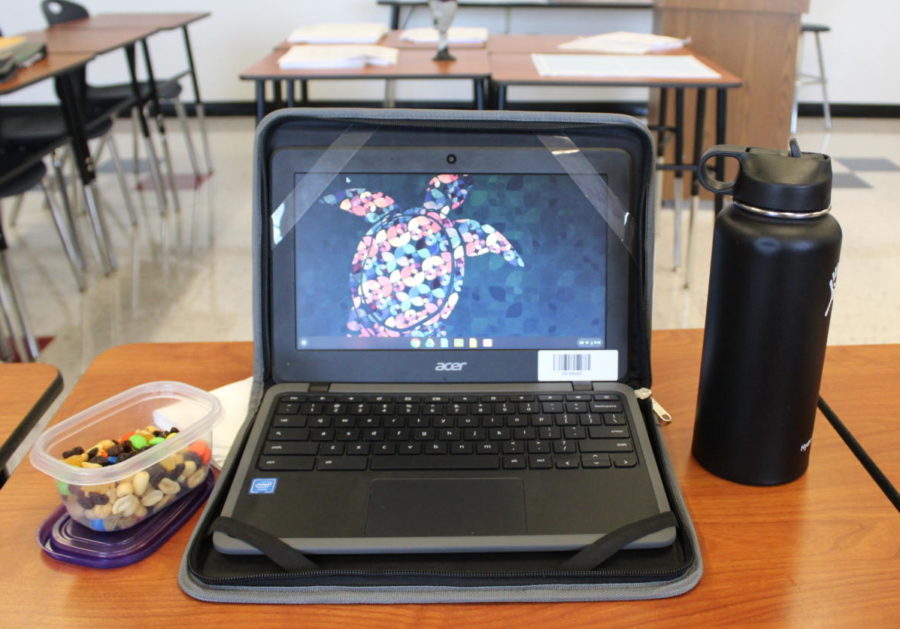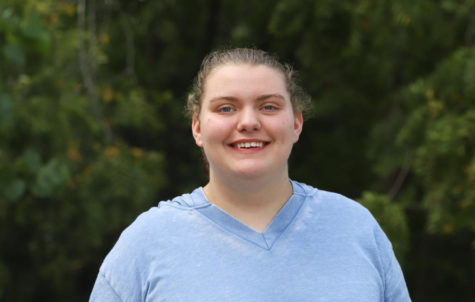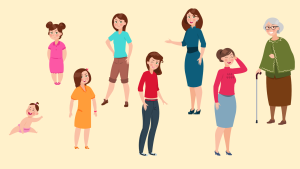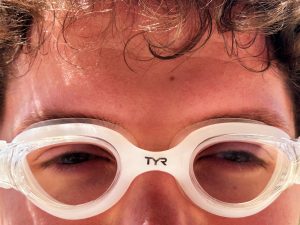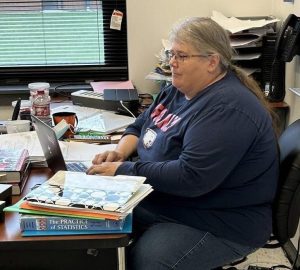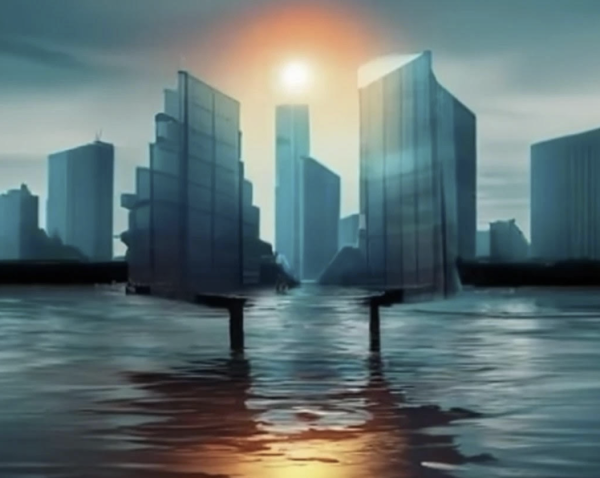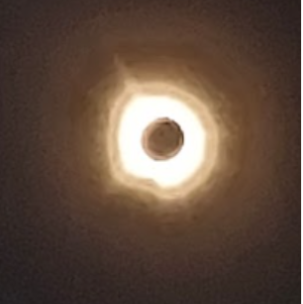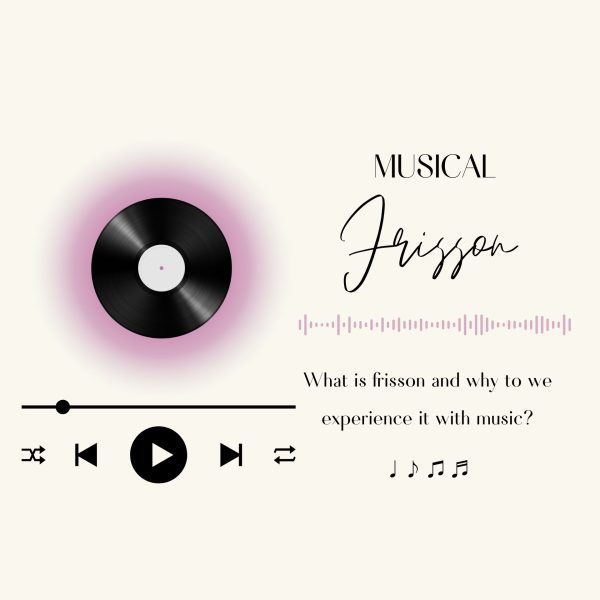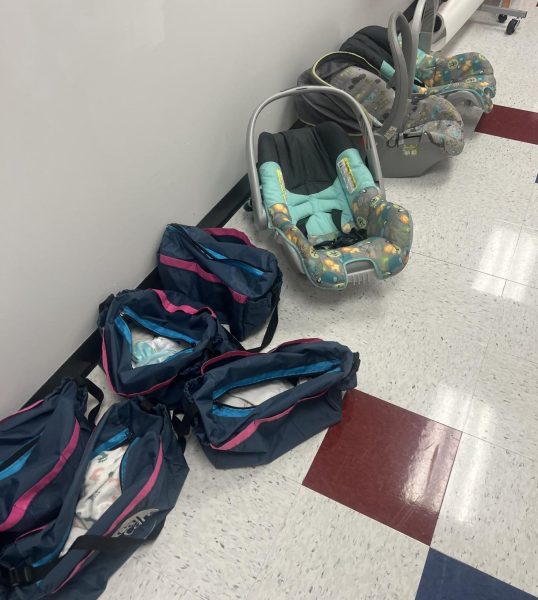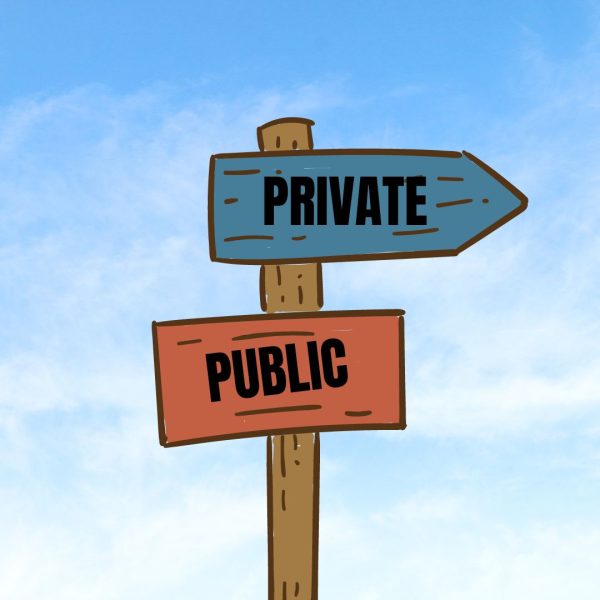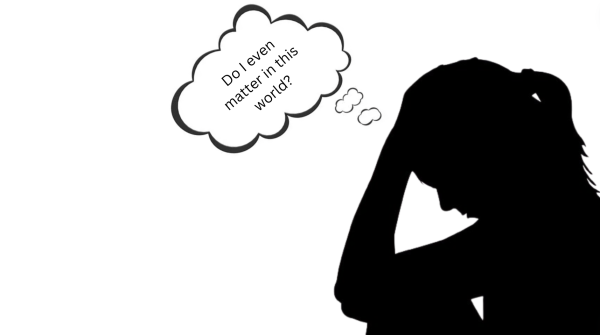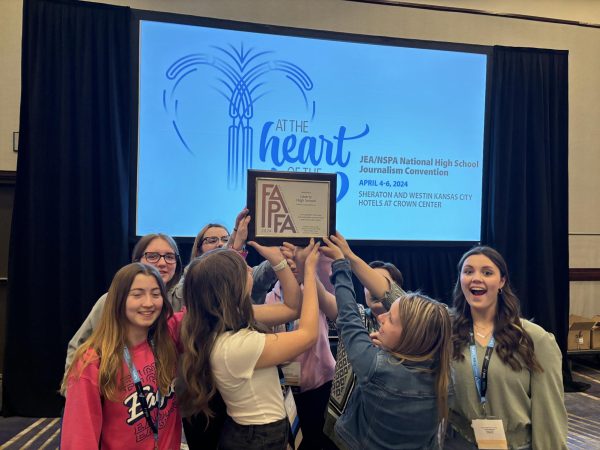How Your Lifestyle Affects The Earth
How a few small changes can help save the earth
A student uses a reusable plastic container for a snack and a reusable water bottle.
October 9, 2019
We’ve all seen the viral video of the turtle with the straw stuck in its nose. It sparked a huge revolution of people switching to metal, glass, or bamboo straws and started the viral quote “Save the turtles”.
People responded when asked why they don’t use plastic straws. Some restaurants don’t serve plastic straws without a request from the guest. It opened the eyes to many people about how plastic can harm the environment and ocean animals.
But there are much bigger problems than just plastic straws that harm our environment. Plastic can take thousands of years to decay and can leave behind microplastics. Microplastics are tiny pieces of plastic that are smaller than 5 mm long and it can’t dissolve in water. Some are so small that you cant see them with the naked eye. When microplastic is ingested by aquatic life it can damage the animals’ intestines, or the animal might think that it’s full and has all the nutrients it needs which can lead to malnutrition or starvation. Microplastics don’t just affect the ocean. It affects humans too. Humans can end up eating the fish or shellfish that eat microplastics. While the effect of microplastics in humans is not yet known, I can’t imagine it would be good.
When one student was questioned about how they feel about the amount of plastic in the ocean, Madison Eads said, “I don’t like it.”
But microplastics aren’t the only dangerous plastic out there, plastic bags can be just as deadly. Sea turtles can easily mistake plastic bags for jellyfish, one of the favorite prey of sea turtles. Sea turtles aren’t the only ones. Other animals can easily end up eating plastic bags or other types of plastic as food. The invasion of plastic in the ocean affects every aspect of life there, animals will die, they can get tangled in the trash and die from starvation or other animals, it can even damage coral reefs.
You may be wondering how we can fix this problem, or slow the progression of it.
When Lilly Clay was questioned about whether or not it is hard to go zero waste, she responded, “Ya it would be somewhat difficult.”
The biggest problem is plastic, but more specifically single-use plastic. Completely cutting plastic out of your life is an unrealistic expectation, but reducing the use of single-use plastic can have a big impact on the environment. One thing you can do is get a metal, bamboo, or even glass reusable straw. Use a bamboo toothbrush or electrical toothbrush. Instead of using a plastic bag for lunch use a plastic container and bring a reusable water bottle to school. Get shampoo and body wash bars from lush. Beeswax can be a great replacement for plastic wrap.
These are just a few simple ways to reduce pollution and climate change. If you want to find out more information, BuzzFeed has a few good videos in zero waste life explained in a more realistic way. But one message is clear. The responsibility of having clean earth falls onto millennials and Gen Z.

